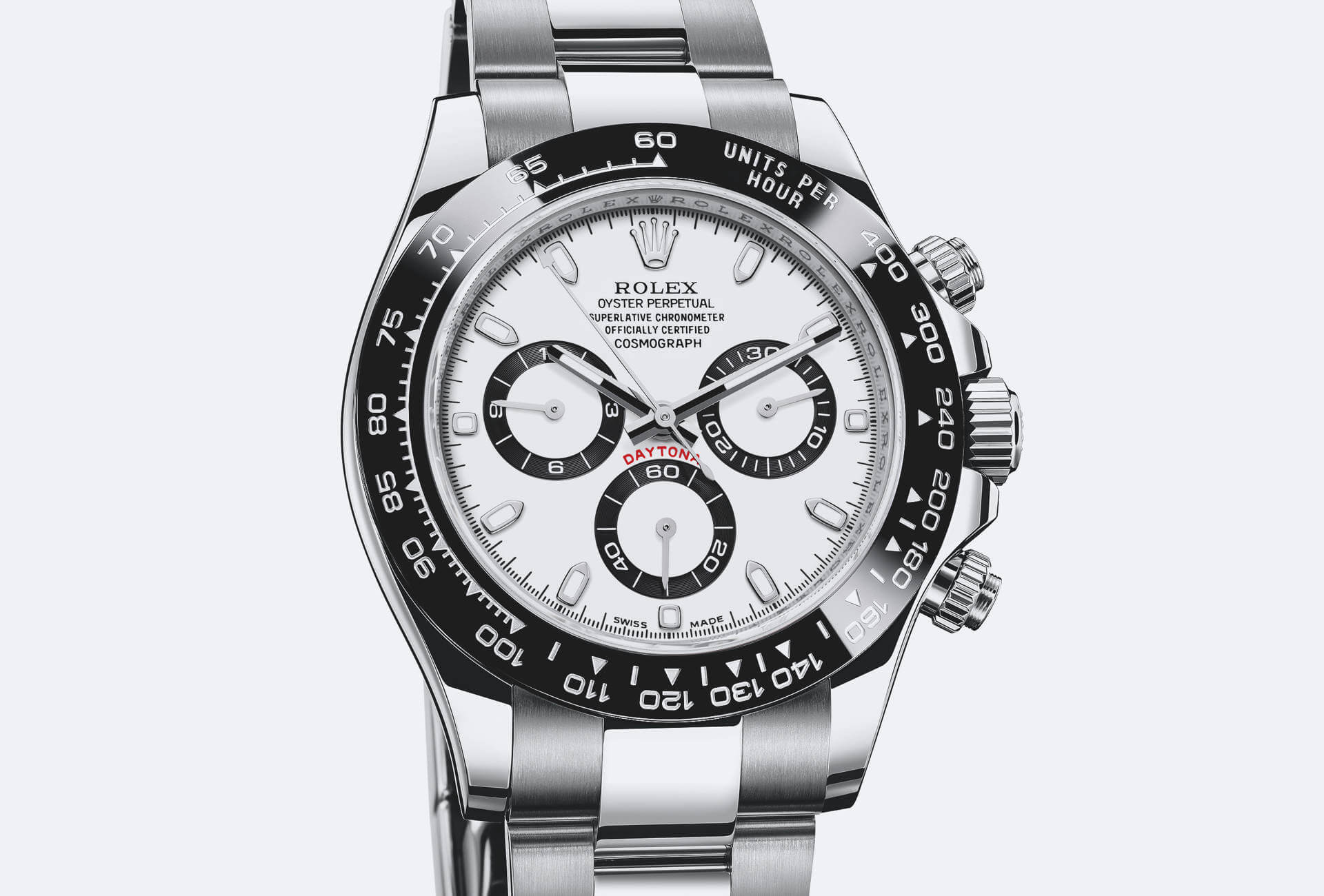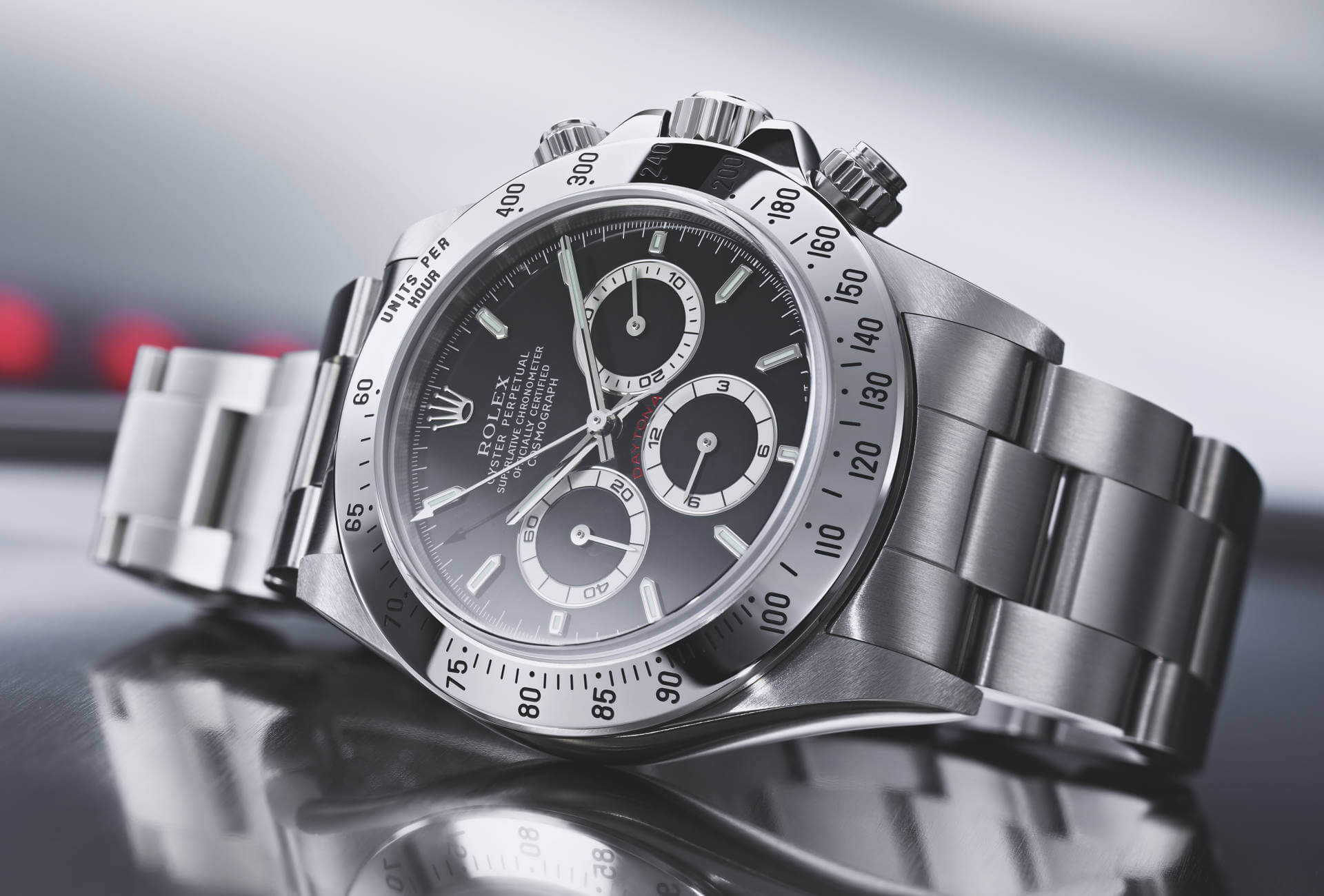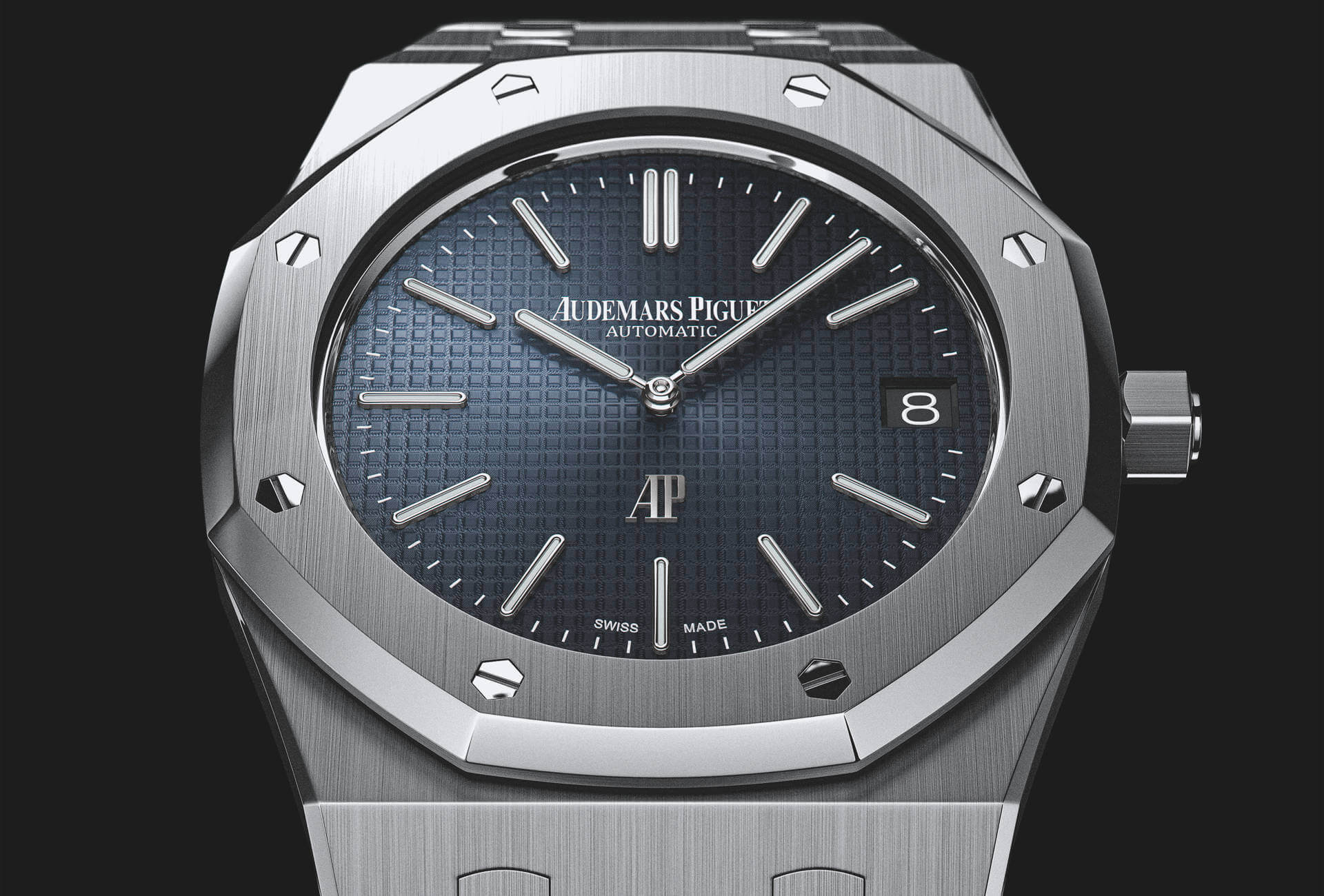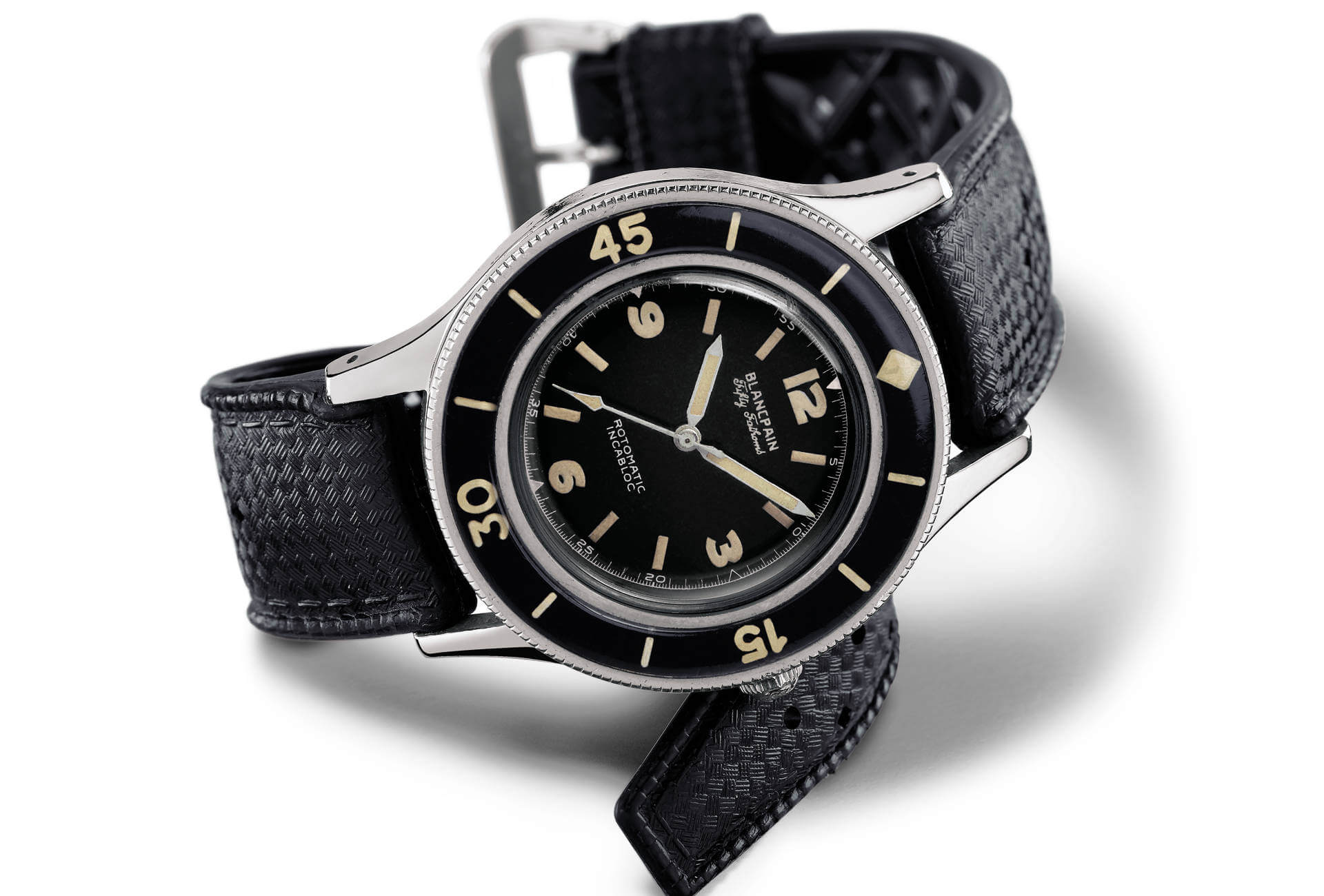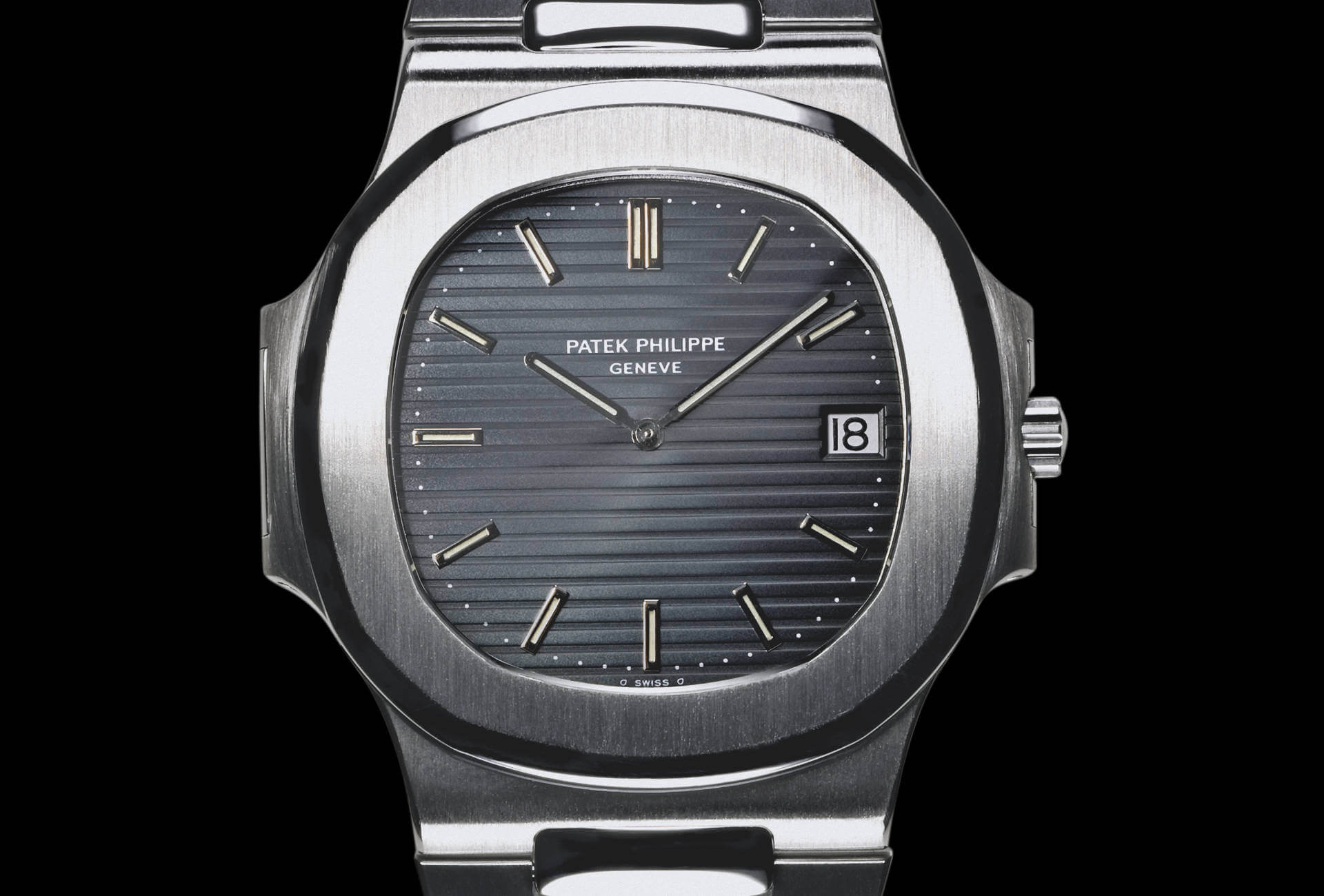When the Cosmograph Daytona made its debut in 1963, the circuit that inspired its name was already a legend in its own right. The rock-hard sands of Daytona Beach in Florida had been hosting car races since 1903: speed trials until 1935, stockcar racing as of 1936 and the Daytona 200, the 200-mile American motorcycle championship, from 1937. When the National Association for Stock Car Racing (NASCAR) was set up in 1948, it chose Daytona as its base, and as the site of a permanent, hard-surface race track: the Daytona International Speedway, the fastest circuit in the United States in its day. Its inauguration in 1959 coincided with the creation of the Daytona 500, the most prestigious NASCAR race. This was also where, three years later, the Daytona Continental endurance race began, renamed the Rolex 24 At Daytona in 1992 when the brand became the title sponsor.
Ask anyone in the motor sport world to name the first watch that springs to mind and it is bound to be the Rolex Cosmograph Daytona.
Rolex’s association with the race actually goes even further back, to the very beginning when it became traditional for the brand to present a watch to the winner of the prestigious title. Every driver dreamed of leaving Daytona with a Cosmograph on his wrist. As Danish racing driver Tom Kristensen, Grand Marshal for the Rolex 24 At Daytona in 2016, puts it: “Ask anyone in the motor sport world to name the first watch that springs to mind and it is bound to be the Rolex Cosmograph Daytona. The Rolex Cosmograph Daytona has a history and class around it that everyone in motor sport understands and respects. Every driver wants to win ‘his’ Rolex Daytona.” American driver Scott Pruett has claimed no fewer than five, each engraved on the back with the date, the race logo, and the coveted word “Winner”. “It’s all about the watch,” he says.
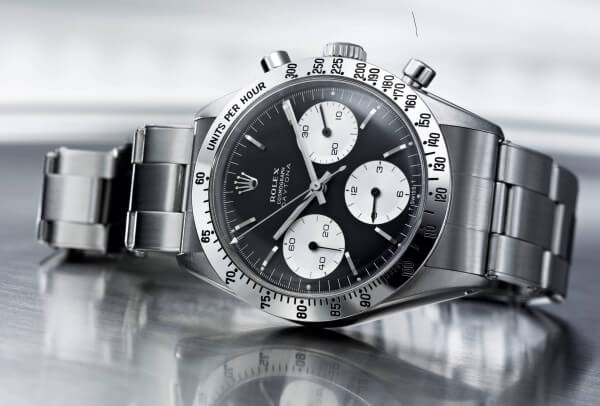
A watch for the pros
The steel chronograph unveiled by Rolex in 1963 as the Cosmograph – a name the brand invented – is designed specifically so that professional drivers can use it during the race. Its most distinguishing feature is its unprecedented legibility, with counters that immediately stand out against the contrasting dial: black on a light-coloured background or a light colour on a black background. The tachymeter scale, used to calculate average speed over a given distance, moves to the bezel to free up valuable dial space. Rolex housed its new chrono in an Oyster case, patented in 1926 and the first watertight case in wristwatch history thanks to the screw-down bezel, case back and crown. The introduction in 1965 of screw-down chronograph pushers, as opposed to pump pushers, ensured even better water-resistance, while legibility was further improved with the addition of a black plexiglas disc with white graduations on the bezel. That same year, Rolex launched the first “precious” version in a yellow gold case with a chronometer-certified movement.
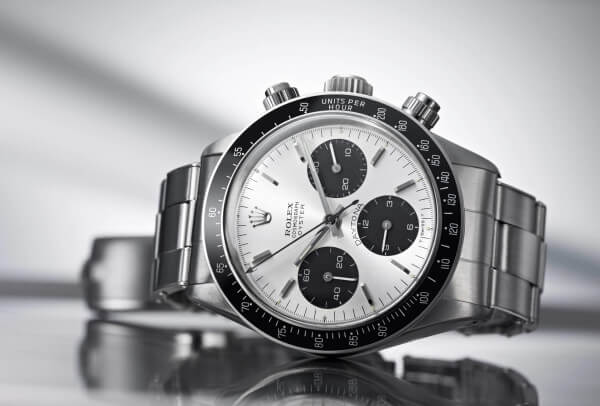
The Cosmograph was immediately linked to the Daytona races, although the “Daytona” inscription on the dial was initially reserved for the US market and was only gradually extended, written in red letters in an arc above the counter at 6 o’clock. Of the different iterations issued during the early years, one in particular would become famous on the wrist of actor/racing driver Paul Newman. The model he wore is recognisable for having a seconds track the same colour as the Daytona inscription and counters, square-tipped markers and an Art Deco font for the numerals.
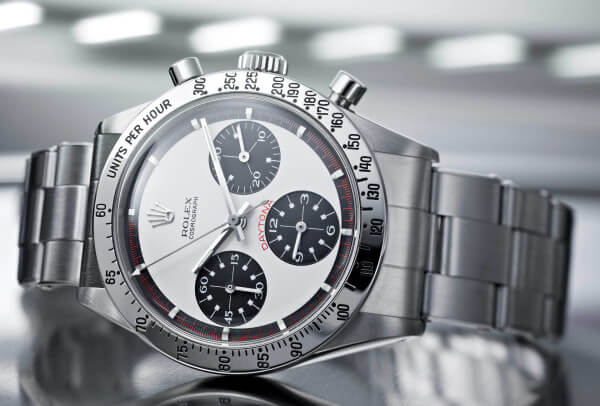
The advent of automatic
Always mechanical, the Cosmograph Daytona made the move from manual-winding to automatic winding in 1988. Initially, Rolex opted for a quality, commercially available movement which it then extensively modified to its requirements, one notable consequence being systematic COSC chronometer certification. Since 2000, the Cosmograph Daytona has been fitted with an innovative, in-house designed and manufactured calibre.
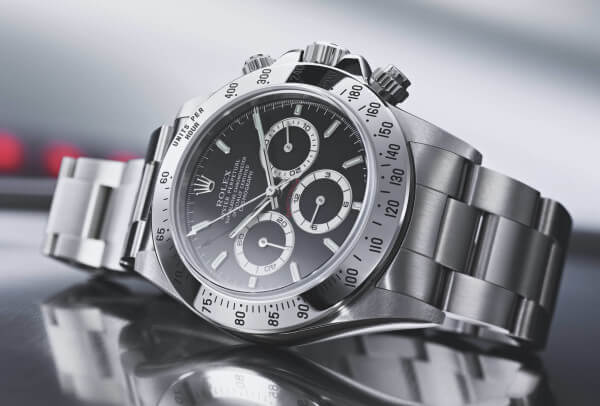
Automatic winding wasn’t the only update: the case upgraded from a 36mm to a 40mm diameter matched by a wider bezel; the tachymeter scale was engraved with a 400-unit scale and shoulders were added to protect the crown. The dial was given its own makeover with new hands, new markers and new counters in banded circles. The layout of the counters was adapted to the new proprietary movement, with small seconds migrating from 9 to 6 o’clock, and the hour and minute counters aligning slightly above the dial centre to create a pleasing overall harmony.
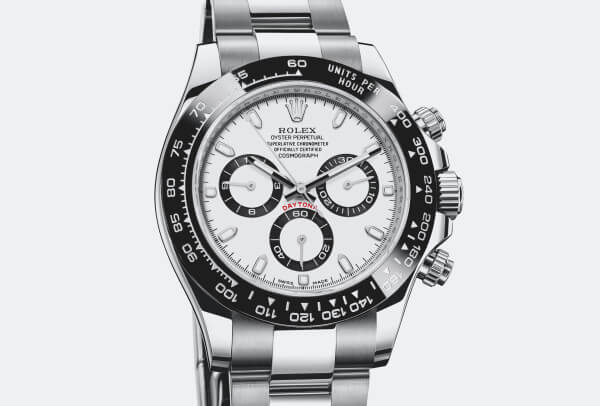
Latest to date, the 2016 Cosmograph Daytona in steel has the benefit of a Cerachrom bezel, a virtually inalterable ceramic that Rolex patented in 2005. Its legibility is nothing short of exceptional, in black with the tachymeter scale in platinum via a PVD treatment, a throwback to the plexiglas version of 1965.








